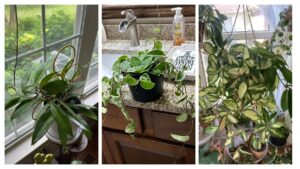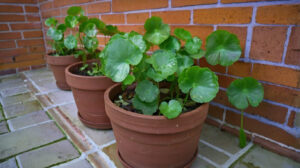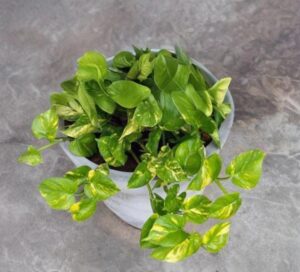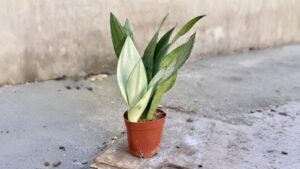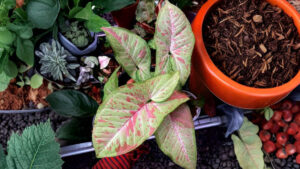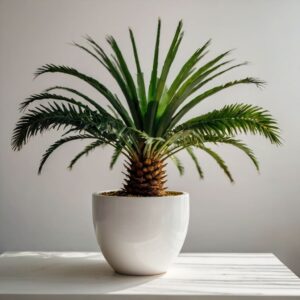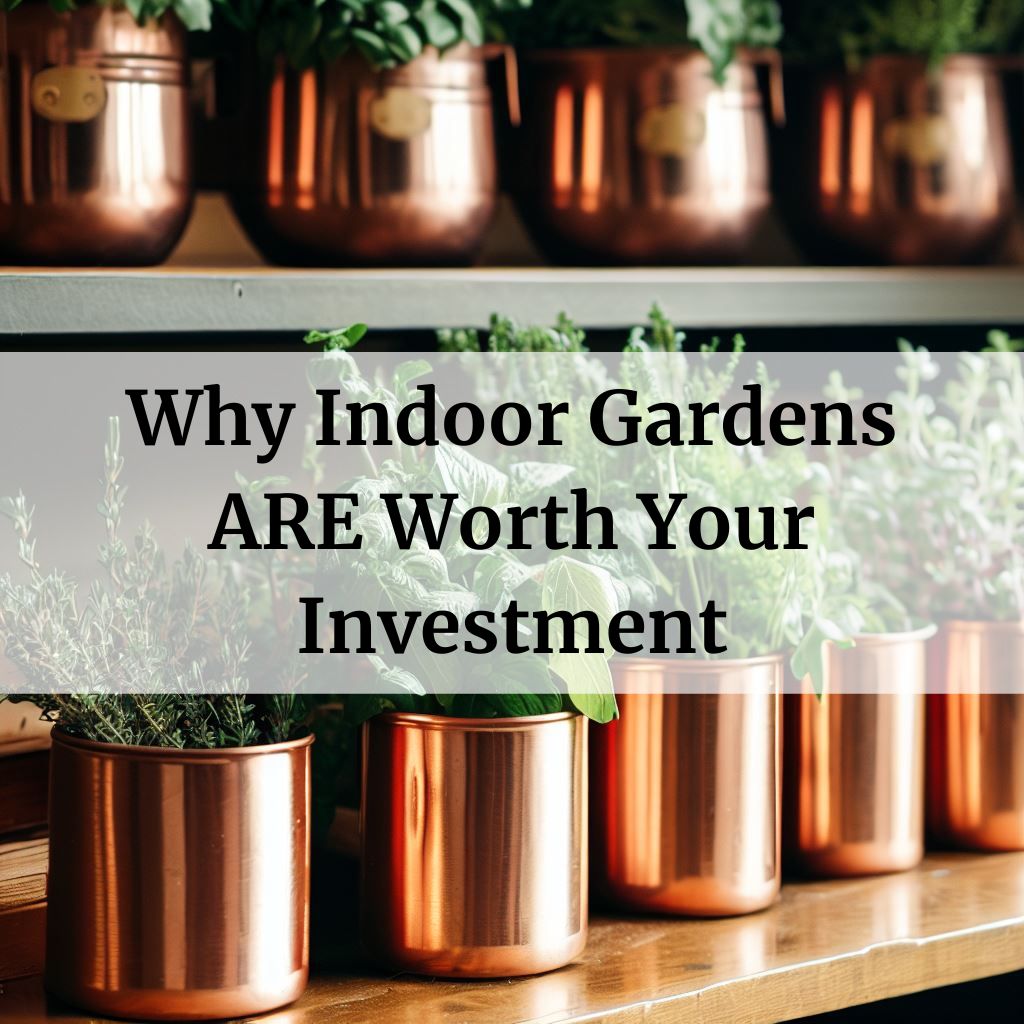
Indoor gardening has become immensely popular in recent years as more people are looking for creative ways to incorporate nature into their indoor spaces. Homes and offices are steadily seeing the rise of green indoor oases in the form of houseplants, herb gardens, and living walls. There are several benefits of indoor gardening that make the investment very worthwhile, from adding beauty and greenery to boosting mental wellness.
In this article
Reduced Stress and Improved Well-being
Plenty of indoor gardening benefits for health have been discovered by various studies. Interacting with plants has been shown to lower stress hormones like cortisol.
One well-known study in 2014 found that simply having plants in the participants’ office space during an activity led to greater enjoyment, higher creative performance, and lower perceived stress levels.
Another study looked at how plants aid stress resilience – people who gardened indoors reported improved coping mechanisms for dealing with stress.
Access to Fresh and Healthy Food

A major perk of indoor gardening is having easy access to fresh food right in your home. You can grow fresh herbs, leafy greens, tomatoes and other vegetables without relying on the supermarket. This provides savings on grocery bills as well as promoting a healthy diet.
Having an abundant supply of herbs and spices at your fingertips also encourages experimenting with different flavors.
The money saved from homegrown produce is a worthwhile investment for any kitchen.
Enhancing Indoor Spaces
Indoor plants and gardens serve to beautify a space and enhance its ambiance. There are many attractive indoor gardening system options like cabinets, shelves, and wall planters available for seamlessly incorporating greenery. They come in different sizes to suit any decor style and indoor garden design ideas.
These systems also make caring for plants very low-maintenance with built-in watering, lighting and automatic fertilizer features for even complete novice gardeners. The aesthetic uplift of green accents surely makes indoor gardening a valuable enrichment of living and working spaces.
Environmental Benefits
While you may not have a vast outdoor yard, indoor plants provide comparable environmental benefits. They absorb harmful toxins like formaldehyde, benzene and trichloroethylene from the air and release oxygen. The presence of living plants helps optimize indoor air quality and create a healthier interior environment.
Caring for houseplants also inculcates a connection with nature even when you’re indoors. Overall, introducing greenery delivers positive impact for environmental wellness at home or work.
Choosing the Best Herbs
Growing herbs indoors is especially practical for a kitchen garden. Several aromatic varieties thrive in household conditions and provide plenty of flavor.
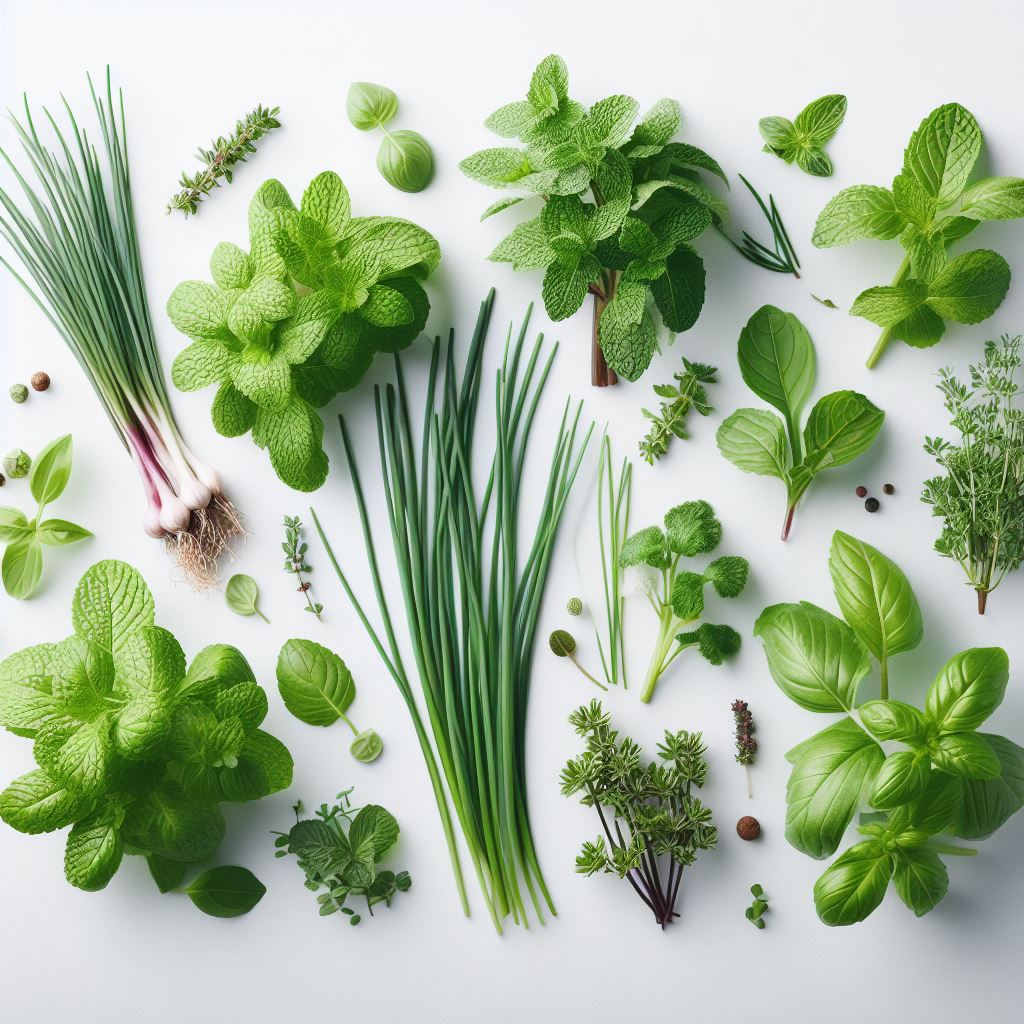
Some of the best herbs to start with are:
- Basil: This classic adds bright flavor to dishes. Pick often to promote bushy growth.
- Mint: Keep in a pot to prevent invasive spreading. Great for mojitos and infusions.
- Oregano: A staple for Italian and Mediterranean meals that’s low maintenance.
- Parsley: A nutrient powerhouse that’s easy from seeds. Use both leaves and stems.
- Thyme: A woody herb, good for cooking or drying bunches for the pantry.
- Sage: Its gray-green leaves stand out and lend savory depth in the kitchen.
- Chives: Grasslike herb for bright onion flavors. Snip often to encourage branching.
- Cilantro: Grows fast from seeds but may bolt in heat, so replant successive crops.
- Rosemary: Makes an attractive pot specimen with its fragrant needles.
With the right care, these versatile herbs will provide fresh flavors all year round—another incentive to start your own low-fuss indoor “kitchen garden.”
Indoor Gardening Basics
Follow some simple indoor gardening tips to set plants up for optimal growth:
- Lighting: Most houseplants need natural light for a few hours daily. South-facing windows provide the brightest conditions. Supplement as needed in winter.
- Watering: Check soil moisture frequently and water when dry 1-2 inches down. Overwatering is a leading cause of plant decline.
- Potting mix: Use a soil specifically formulated for houseplants that drains well while retaining moisture and nutrients.
- Fertilizer: Apply a diluted liquid feed monthly in spring and summer to promote healthy foliage.
- Pots: Terracotta and plastic are common choices that allow soil to breathe. Ensure adequate drainage holes.
- Pruning: Remove any dead or diseased material to promote new growth. Propagate from cuttings for new plants.
By considering lighting, moisture levels, nutrients and propagation, indoor gardens can thrive with minimal effort through different seasons.
Common Mistakes to Avoid
While indoor gardening is meant to be low-maintenance, some unwitting errors can end up harming plants if not mindful. Avoiding the following will help keep indoor greenery thriving:
- Overwatering: The most frequent mistake. Feel the soil before watering and don’t over-saturate.
- Poor lighting: Inadequate natural light is stressful. Use grow lights for any plant not near a window.
- Drafty spots: Avoid placing plants in supers drafts near doors or vents.
- Fluctuating temperatures: Keep indoor temps between 65-80°F for most houseplants.
- Hard water: Minerals in tap water can damage leaves over time. Collect rainwater or use filtered water instead.
- Inconsistent fertilizing: Only feed when plants are actively growing and dilute nutrients to manufacturer instructions.
- Repotting too soon: Leave new plants in their nursery pots at least 6 months before sizing up.
- Pests and diseases: Keep an eye out for signs of bugs or rot and quarantine infections promptly.
Being mindful of each plant’s lighting, water and nutrient preferences prevents issues. Correcting any glaring problems early ensures a thriving indoor oasis. With a little care, your plant investment will reward you for many years to come.
Overall, indoor gardens most definitely are worthwhile for all their observed wellness upsides. Getting started with a few easy-care varieties sets the stage for enjoying nature’s beauty from within your home too.
